| Structure | Name/CAS No. | Articles |
|---|---|---|
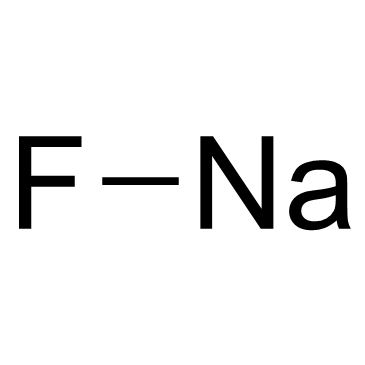 |
Sodium Fluoride
CAS:7681-49-4 |
|
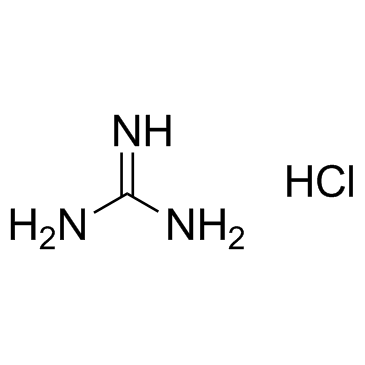 |
Guanidine hydrochloride
CAS:50-01-1 |
|
 |
sodium chloride
CAS:7647-14-5 |
|
 |
HEPES
CAS:7365-45-9 |
|
 |
SODIUM CHLORIDE-35 CL
CAS:20510-55-8 |
|
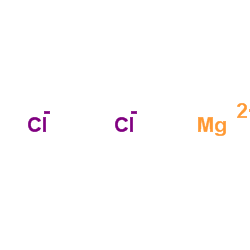 |
Magnesium choride
CAS:7786-30-3 |
|
 |
Tumor Necrosis Factor-α, human
CAS:94948-59-1 |
|
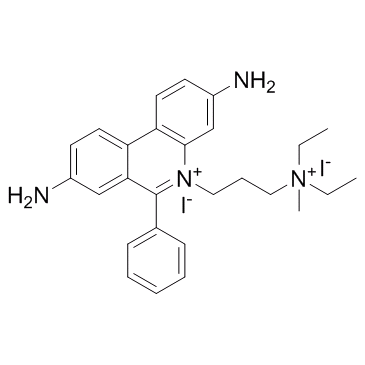 |
Propidium Iodide
CAS:25535-16-4 |
|
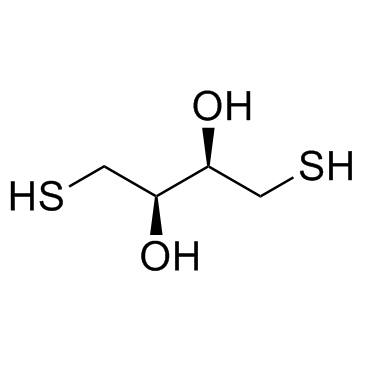 |
DL-Dithiothreitol
CAS:3483-12-3 |